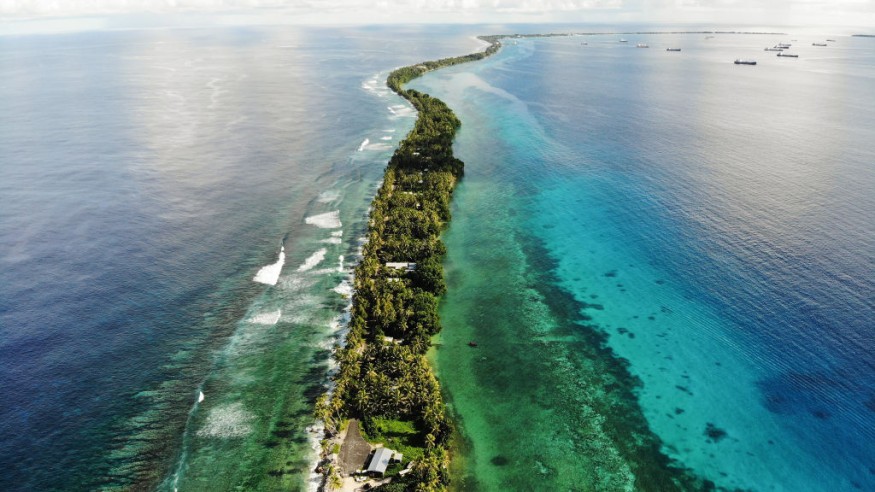What was the biggest ocean to ever occupy the planet? The Pacific Ocean is what's left of the largest body of water the world has ever seen.

Current Largest Ocean
According to the Intergovernmental Oceanographic Commission of UNESCO (IOC UNESCO), the Pacific Ocean, the planet's current largest ocean, covers more than 30% of the planet's surface and is 12,000 miles (19,000 kilometers) wide at its widest point, between Colombia and the Malay Peninsula. The greatest ocean in Earth's history is only partially preserved in that enormous sea.
What was the planet's biggest ocean of the past?
Vast Panthalassa
According to Brendan Murphy, a geology professor at St. Francis Xavier University in Nova Scotia, Panthalassa was the vast ocean that encircled the supercontinent Pangaea between 300 and 200 million years ago.
Because there can only be one ocean present surrounding a single enormous supercontinent, Murphy explained, "the largest ocean often forms when supercontinents arise."
Murphy asserted that this has probably occurred more once, although the single planet's seas would have all been around the same size. Pangaea, the most recent supercontinent, included all the current continents, including the jigsaw-like parts that make up Africa and South America. According to the Smithsonian Institution, a separate supercontinent called Rodinia joined Earth's landmasses in a different arrangement roughly 650 million years ago.
Murphy estimated that Panthalassa would have added at least 1,860 miles (3,000 kilometers) to the Pacific's breadth. He stated that to put that into perspective, if you were flying over the equator in a jet, it would take 10 hours to traverse the Pacific but 15 to span Panthalassa. The Pacific could fit more than five moon diameters at its widest point, while Panthalassa's extra breadth could fit roughly one more moon.
Prehistoric Ocean
According to a 2022 study in the journal Earth-Science Reviews, Panthalassa exceeded the Pacific in terms of surface size, spanning almost 70% of Earth's surface, or nearly 140 million square miles (360 square km). According to IOC UNESCO, the Pacific makes up about 30% of the Earth's area, or more than 63 million square miles (165 million square km).
Panthalassa may be seen as the Pacific padded out by more than 1,800 miles, which also accurately depicts geological history: Panthalassa suffered from the entrance of the Atlantic Ocean, which caused Pangaea to break up. Panthalassa can be visualized as the Pacific pasted onto the Atlantic, which currently spans between 1,800 miles (2,000 km) between Brazil and Liberia and 3,000 miles (4,800 km) between North America and North Africa, according to IOC-UNESCO. Its leftovers eventually formed the Pacific.
Earth once had an even bigger ocean, but continents didn't bound it. According to the Smithsonian, when Earth first formed some 150 million years ago, the world was covered by an uninterrupted sea since there were no continents yet, but there were seas. That would suggest that the ocean covered 197 million square miles (510 million square km) of Earth's surface and roughly 24,901 miles (40,075 km) of its equatorial circumference.
Further Discussion
The MarineBio Conservation Society claims that despite this, scientists still view Earth's seas as a single "global ocean" since the waters are connected at numerous locations (opens in new tab). According to Murphy, the Atlantic meets the Indian Ocean underneath Africa and mixes with the Pacific near the bottom of South America.
However, since Pangaea's dissolution around 200 million years ago, the Pacific has retained the status of the world's biggest ocean as defined by continents. However, Murphy predicted that during the next 70 million years, Australia would divide the Pacific in two if present estimates of tectonic plate movements are accurate. The Atlantic will expand at the same time and become the biggest ocean on Earth.
Related Article : Why are Scientists Searching the Bottom of the Ocean for the Remnants of 2014 Meteor?
For similar news, don't forget to follow Nature World News!
© 2025 NatureWorldNews.com All rights reserved. Do not reproduce without permission.





